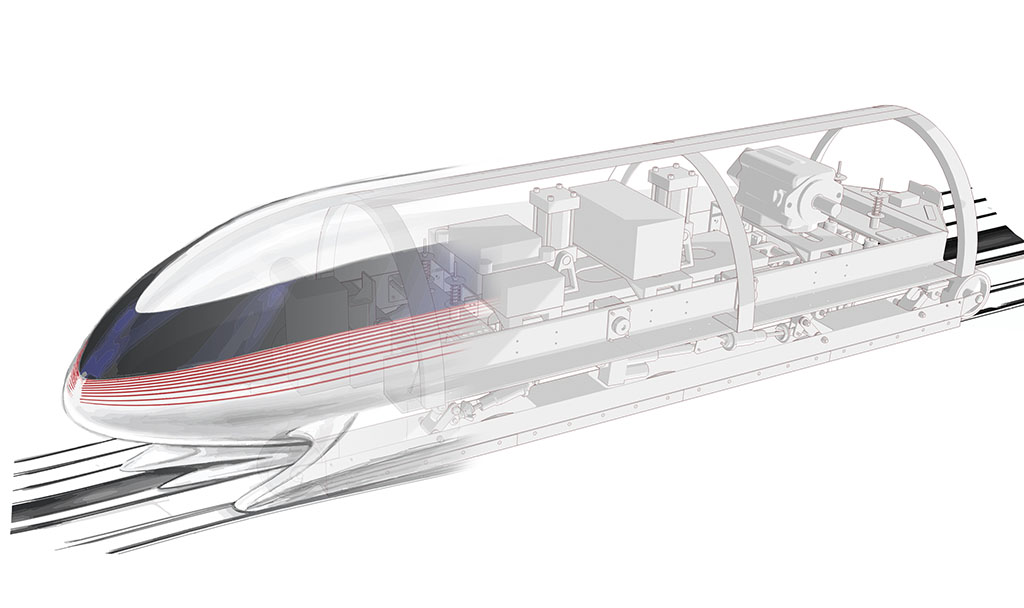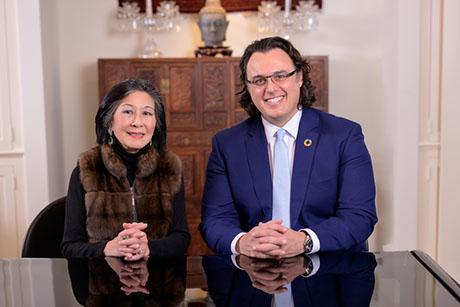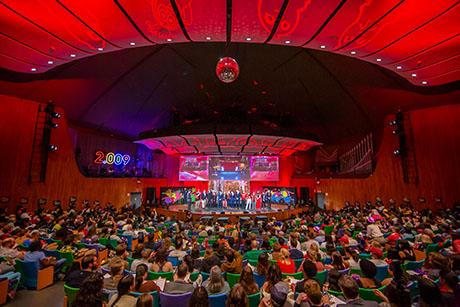MIT Students Win First Round of SpaceX Hyperloop Contest
Design tops more than 100 entries at an international high-speed transportation competition inspired by Elon Musk and sponsored by SpaceX..
A team from MIT took top honors Saturday at a competition at Texas A&M University to design the Hyperloop, a high-speed transportation concept dreamed up by Tesla Motors and SpaceX CEO Elon Musk.
Beating out a field of more than 100 other teams from around the world, the group of MIT graduate students won the best overall design award for a vehicle, or pod, that will ride inside the Hyperloop, a system of tubes connecting major cities — or what Musk calls “a fifth mode of transportation.” They will now move on to build a small-scale prototype of their design and test it this summer on a track being built next to the SpaceX headquarters in Hawthorne, California.
“MIT has been involved in so many technological breakthroughs in the past century,” says team captain Philippe Kirschen, a master’s student in aeronautics and astronautics. “It just makes sense we would help advance what might be the future of transportation.”
In 2013, Musk declared war on conventional inter-city travel. Last summer, he threw down the gauntlet, announcing a year-long competition to design vehicles for his Hyperloop scheme, a transit system ideally suited for major city pairs separated by 900 miles or less (think San Francisco and Los Angeles). In Hyperloop, people and freight are propelled in pods through tubes maintained at a near-vacuum. In the absence of air or surface friction, the pods travel at close to the speed of sound (around 750 miles per hour), using low-energy propulsion systems.
Since the fall, Kirschen and approximately two dozen fellow graduate students from a variety of engineering disciplines have been racing to create a design and sub-scale, prototype pod for the competition. Pods must accommodate a mechanical pusher that will serve as a propulsion system, and may levitate inside a near-vacuum tube that encloses the track. The capsules must also be equipped with sensors that can broadcast real-time telemetry data during the mile-long run.
With strengths in aeronautics, mechanical engineering, and electrical engineering and computer science, the MIT Hyperloop Team focused on speed, braking, stability, and levitation. For the latter problem, they developed a model for electrodynamic suspension that relies on powerful magnets placed over a conducting plate, which in this case is the aluminum track SpaceX is building. The magnets generate lift. “The beauty of the system we designed,” says Kirschen, “is that it’s completely passive, an elegant property that will make our pod very scalable.”
This innovation, a departure from Musk’s original notion of pods levitating on a cushion of air, required a major research thrust. “None of us knew anything about magnets, and there has definitely been a steep learning curve for us,” Kirschen says.
The team is gathering support from all over MIT. Douglas P. Hart of Mechanical Engineering, is facilitating team members working on the project for credit as part of his Engineering System Development course. During MIT's Independent Activities Period in January, the team finalized its pod design for the competition at Texas A&M. Their final capsule came in roughly 2.5 meters long, about one meter wide; it weighs 250 kilograms, and has the aerodynamic feel, says Kirschen, of a bobsled.
With the first stage of the competition behind them, the action now shifts to fabrication on a larger scale. The team will move from simulations to aluminum and carbon fiber, trying out braking systems, and, with great caution, testing dangerously strong magnets. Final assembly must be complete by mid-May. “Ideally, it will reach a speed in excess of 100 meters per second,” Kirschen says. There will be no passengers on board for the 20-second inaugural run.




